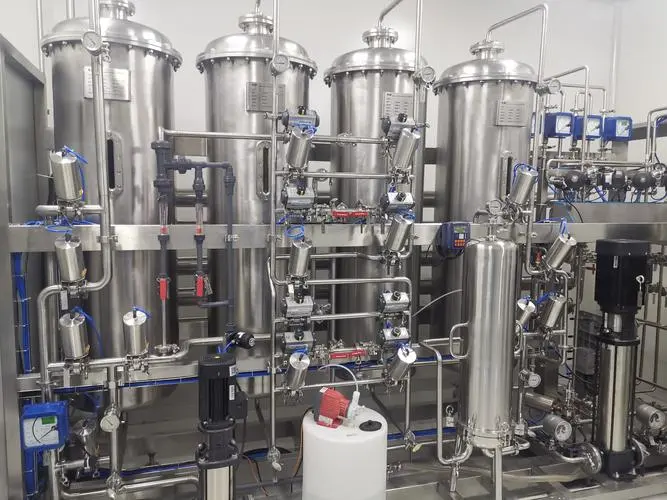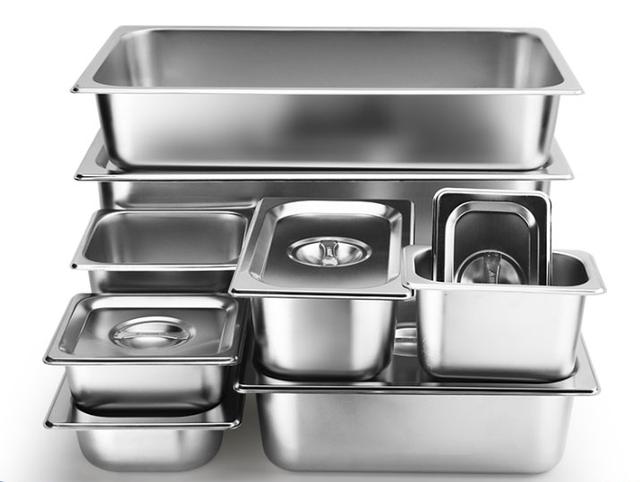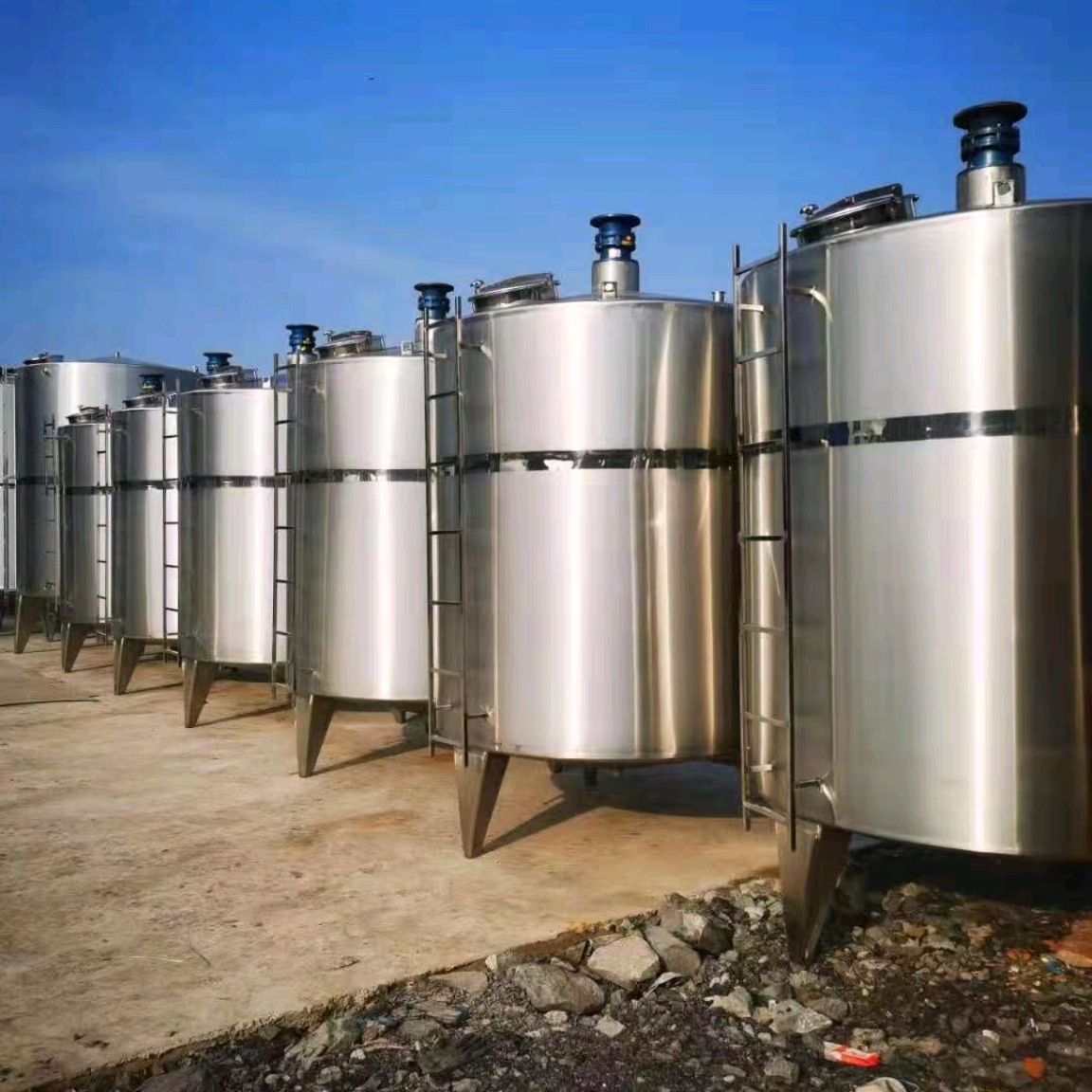Why is 2B Surface Treated 304 Stainless Steel favored by the food industry? What are the technologies behind 2B surface treatment? Why does 2B surface treated stainless steel help improve production efficiency and product quality? This is a professional blog to help you answer many questions!

A 2B surface finish is a smooth, moderately reflective finish achieved on stainless steel through cold rolling, heat treatment, pickling, and light skin passing. It enhances corrosion resistance and is easy to clean.
Cold Rolling: The stainless steel is cold rolled to the desired thickness.
Heat Treatment: The material is then heat treated to remove any internal stresses and to soften the steel.
Pickling: The steel is pickled to remove any scale or impurities from the surface.
Light Rolling: Finally, the steel undergoes a light rolling pass using highly polished rolls, which gives it a smooth, reflective, and slightly matte finish.
304 2B stainless steel is a versatile and widely used material known for its excellent corrosion resistance, ease of cleaning, and aesthetic appeal, making it suitable for a variety of industrial and commercial applications.
Chromium (Cr): 18-20%
Nickel (Ni): 8-10.5%
Carbon (C): ≤ 0.08%
Manganese (Mn): ≤ 2%
Silicon (Si): ≤ 1%
Phosphorus (P): ≤ 0.045%
Sulfur (S): ≤ 0.03%
Nitrogen, N: Small amounts of nitrogen are sometimes added to improve strength and corrosion resistance.
This is because 2B finish stainless steel has unique highlights, such as easy to clean, antibacterial, corrosion resistant, durable, cost-effective, low maintenance, non-toxic and harmless, customizable, etc.

Materials with strong corrosion resistance are not easily eroded and destroyed by bacteria, thereby reducing the possibility of bacterial growth. There are no obvious pores or cracks on the surface of stainless steel with 2B surface treatment. These tiny structures are often where bacteria hide and multiply. Non-porous surfaces reduce the space for bacteria to live. This stainless steel has good chemical stability and will not react with food or detergents, avoiding the nourishing effect of chemicals on bacteria.
Dairy processing: 304 2B finish stainless steel is used to manufacture milk tanks, mixing tanks, piping systems and cleaning equipment, etc.
Meat processing: 2B stainless steel sheet is used to make cutting tables, conveyor belts, mixers and storage containers, etc. The smooth surface of 2B stainless steel plates reduces the risk of bacterial growth and is easy to clean and disinfect.
Beverage production enterprises: 2B finish stainless steel is used to manufacture storage tanks, pipes, mixing equipment and filling equipment, etc.
Baking and pastry companies: 2B stainless steel sheet is used to make bakeware, mixers, worktops and storage containers, etc. Reason: The high temperature resistance and easy cleaning of 2B stainless steel plate make it an ideal material for baking equipment.
Canned food processing enterprises: stainless steel 2B finish is used to manufacture conveyor belts, cutting equipment and packaging equipment for canning production lines.
Seafood processing enterprises: 2B stainless steel sheet is used to manufacture cleaning tanks, cutting tables, storage containers and freezing equipment, etc. 2B sheet metal finish technology brings salt corrosion resistance and easy cleaning, which is very suitable for seafood processing environments.
Fruit and vegetable processing enterprises: stainless steel 2B finish is used to manufacture cleaning equipment, cutting equipment, storage containers and conveying systems, etc.
Candy and chocolate manufacturing companies: 2B stainless steel sheet is used to manufacture mixing equipment, molds, conveyor belts and packaging equipment, etc.
Condiment and sauce manufacturers: 2B surface finish stainless steel is used to manufacture storage tanks, mixing equipment, piping systems, packaging equipment, etc. The 2B steel finish brings ease of cleaning and is perfect for handling a variety of condiments and sauces.
Frozen food processing enterprises: used to manufacture refrigeration equipment, storage containers, conveyor belts and packaging equipment, etc. The low temperature resistance and high strength of 2B stainless steel plates ensure the safety and efficiency of frozen food processing.

Yes. Food preparation equipment made of 2B Surface Treated 304 Stainless Steel is safe enough.
First, 304 stainless steel / 304 stainless steel sheet metal contains 18-20% chromium and 8-10.5% nickel, these elements provide excellent corrosion resistance. Even if the equipment is often exposed to acidic, alkaline and salty substances, 2B stainless steel plates can effectively resist these corrosive substances and prevent material degradation and food contamination.
Second, the stainless steel material itself has antibacterial properties, and the 2B surface treatment further improves its hygienic performance.
Third, 304 stainless steel is a food-grade material that complies with many international food safety standards, such as FDA (U.S. Food and Drug Administration) and EU (European Union) standards. 304 stainless steel will not release harmful substances under normal use conditions.
Fourth, this material can withstand various mechanical stresses during food production, such as cutting, stirring and heating, ensuring the stability and durability of the equipment.
Fifth, based on extensive application cases. 2B Surface Treated 304 Stainless Steel has been widely used in the food processing industry for many years and has been verified in a large number of practical applications. Proven reliability and safety.
Many people are curious about what is a 2B finish on stainless steel. This is because more and more people are concerned about food safety issues. This is related to people's health. If the food equipment we use is safe, it will help people solve food safety problems to a certain extent. After all, good equipment and materials ensure that food or liquids do not deteriorate to a large extent.
We must support this stainless steel 2B finish because the environmentally friendly properties ensure that it meets modern environmental protection and sustainable development requirements.
Hot topics that may interest you:
Which is more expensive 304 or 316 stainless steel
Which is stronger 304 or 316 stainless steel
What's the difference between 304 and 316 stainless steel
409 stainless steel vs 304 stainless steel
Crystal structure of stainless steel
How to gold plate stainless steel



